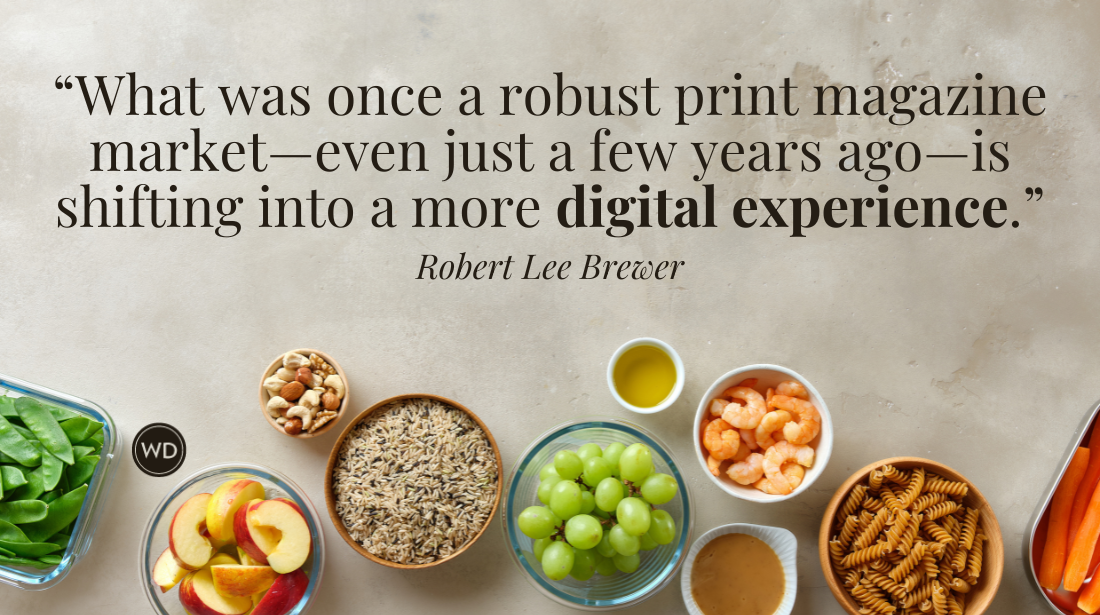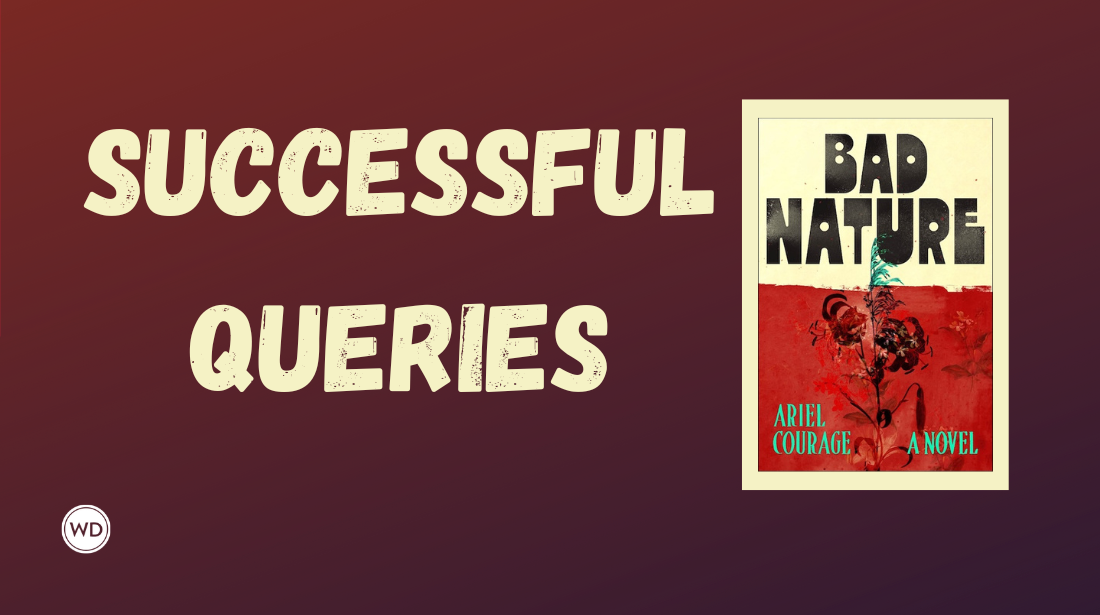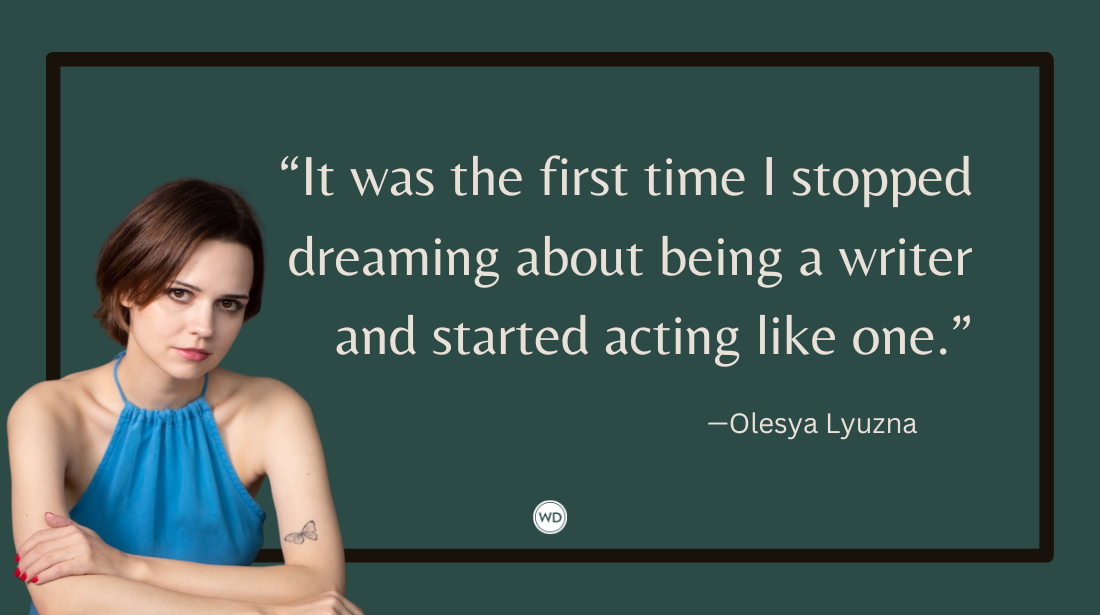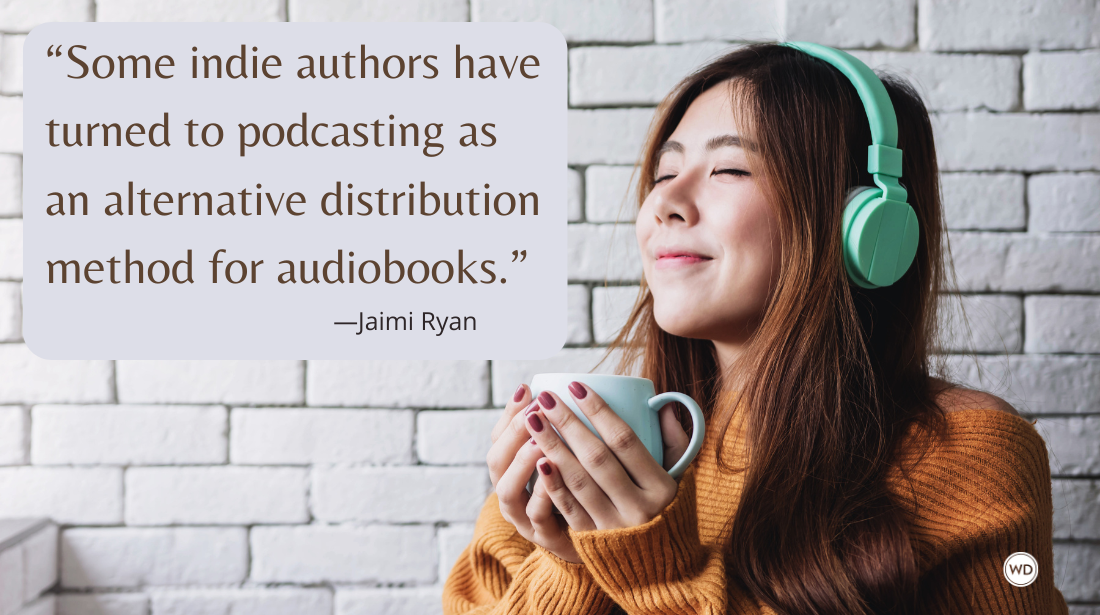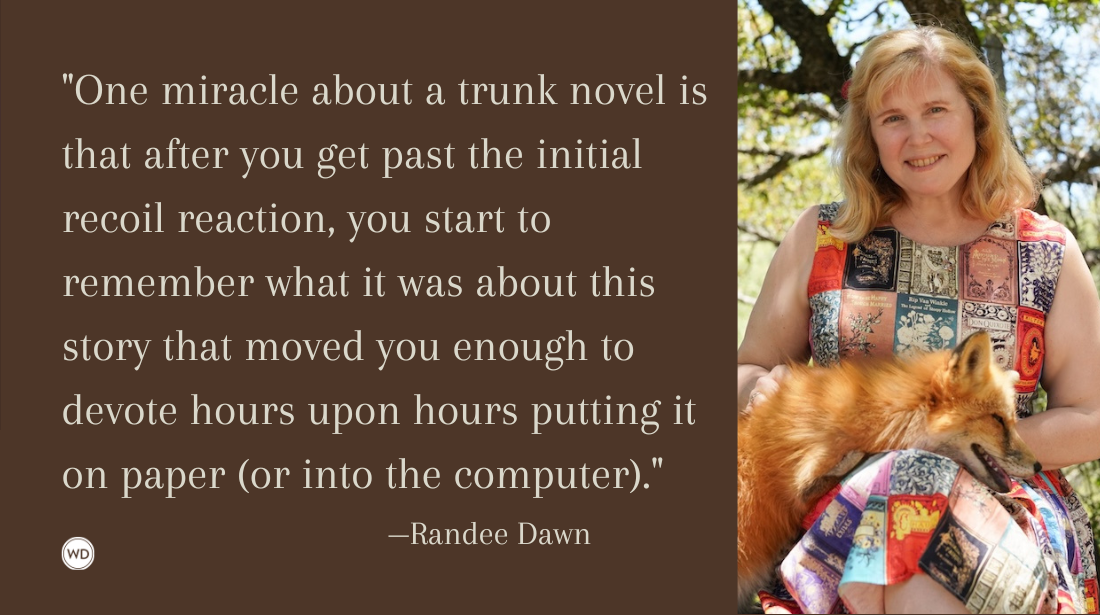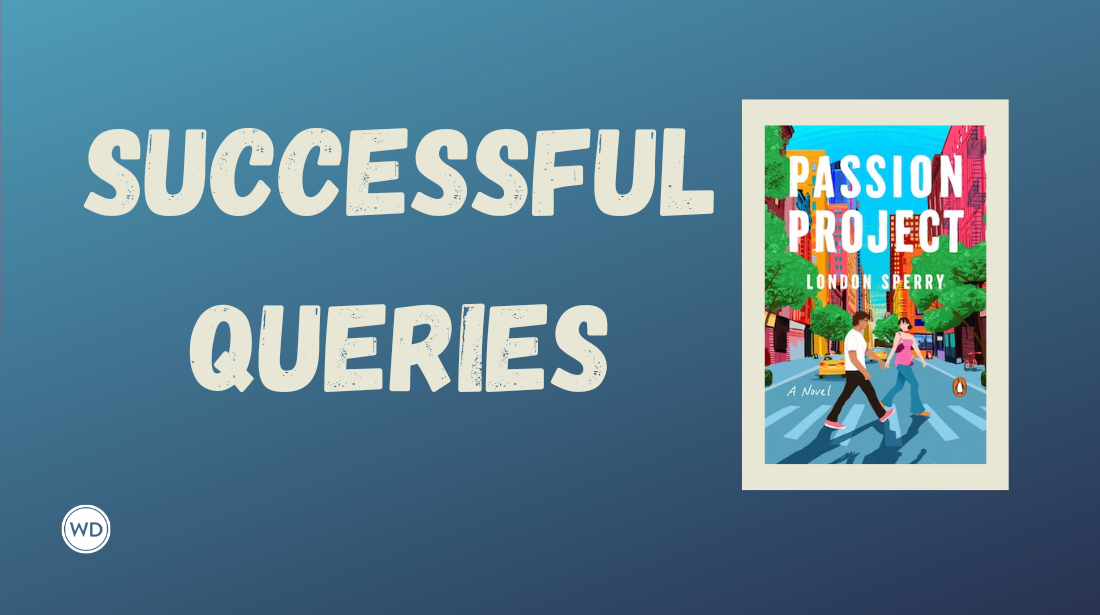How to Create a Professional Press Kit in 8 Easy Steps
Every press kit requires 8 main parts. Here’s what to include and how to put it all together in a professional way.
After launching my social media and online book campaigns, I decided to reach out to local libraries and schools about shelving my indie book. When they responded asking for my press kit, I panicked. But after doing quite a bit of research, I found that a) I already had most of the materials and b) it’s pretty simple.
Every press kit requires 8 main parts: Contact Information and Bio, Product Information, Promotional Information, Interview Resources, Media Reactions, Press Release, Book Excerpt, and Title Page.
Let’s start from the top.
Create a Professional Press Kit in 8 Easy Steps
1. Contact Information and Bio
Your contact information should include:
- Full name
- E-mail address
- Phone number
- Website
- Links to your social media accounts (Twitter, Facebook, Instagram, etc.)
- If you have an agent, manager, or publicist, their information should go here as well.
For the bio, I used the one that I created for the back of my book. A good author bio should include relevant information such as degrees and writing history, but also give readers insight into your personality. Booksellers and librarians are critical readers, so make sure you pitch yourself in such a way that it entices them to read your story.
You should also include a high-resolution, professional headshot. A good size would be around 1500 x 2100 pixels at 300 DPI.
IndieBound | Bookshop | Amazon
[WD uses affiliate links.]
2. Production Information
Your book cover goes here. Make sure you include a large enough image that all of the text is readable.
Below your cover add the following information:
- Title
- Author
- Publication date
- Available at
- ISBN (include both your e-book and paperback)
- Retail price
- Page count
- Genre/subgenre
3. Promotional Info
This section can be any number of things. But it’s essentially everything you have that can be used as promotional material.
Be sure to include sales copy for newsletters, e-mail campaigns, and blog posts. If you’re unfamiliar with sales copy, it’s sort of like a number of taglines. Marketing and salespeople will use these as the building blocks of your marketing campaign. So make sure they grab the readers’ attention. Consider the limitations of certain social media platforms; for example, it’s a good idea to have at least one that fits into a 140-character tweet.
Book Awards and Honors should also be included in this section. If your book earned a starred review from a reputable source like Publisher’s Weekly, Kirkus Reviews, BookLife, Midwest Book Reviews, or others, that can also be included here.
4. Interview Resources
This section is made up of sample interview questions and answers. If you’ve done interviews with bloggers, pull the most interesting questions and answers from those. Pick 5-10 questions that contain unique and interesting answers. Remember that the press kit is like a detailed pitch. You have to sell your story with these questions. Q&As are not just about your book—be sure to incorporate your personality.
5. Media Reactions
As you continue promoting your book and getting more and more reviews, you’ll collect an assortment of quotes that are great for advertising. The best grassroots strategy I’ve found so far has been through book bloggers. There are thousands of them out there and many of them are happy to read indie books for free!
Additionally, you can obtain book reviews from industry-recognized book review sources (some paid and some free) such as Kirkus Reviews, BookLife, Forward Reviews, Clarion, Reader’s Favorite, and Book Buzz. Keep in mind many of these reviewers sometimes give negative reviews, but often there is still a snippet that can be helpful.
You’ll notice I left off the New York Times, The Guardian, Washington Post, and Huffington Post because they hardly ever read indie books, but if you have a review from them, all the better! And if any reviewer awards you with a starred review, be sure to include the entire post.
6. Press Release
Consider your press release to be a one-page pitch of everything in your press kit. It should be target-specific and include all of the relevant information that both readers and book buyers need. If you can afford it, PRweb has a great service for $250 (usually you can find a $50-off promotion for your first one), which helps you create a strong press release step by step. Here’s a list of 20 free and paid Press Release sites compiled by Mashable.
7. Book Excerpt
This one is the easiest since you’ve already written the book! Something to consider is that it doesn’t necessarily have to be your first chapter; however, if it isn’t your first chapter, make sure it still reads as a standalone piece.
8. Title Page
Now that you’ve completed the major sections, let’s talk about the title page. Look at this page as a guide for the press kit. Here you’ll want to include the title of your book, a brief table of contents, and contact info.
Final Notes
If you have additional materials such as a book trailer or a popular social media campaign, be sure to include it as well. Anything that will entice booksellers and librarians to get excited about spreading the word about your book must be included!
Also, if you’re creating a PDF from a Word document, make sure to click through every link/hyperlink in your press kit to ensure they are clickable and open the correct web pages. You may need to use a Word to PDF converter in order to preserve your hyperlinks, but there are plenty of free sites online with this service.
Having a press kit is great for many reasons. Not only do you now have the materials ready to go when booksellers and librarians request them, but you can also use them to create your book’s landing page on your personal website. Plus, you’ve now compiled all of your pertinent marketing materials in one simple document for easy access as you build your own advertising campaigns.
Jamie Jo Hoang is the author of the award-winning book Blue Sun, Yellow Sky. After graduating from UCLA with a degree in screenwriting, she worked in entertainment as an independent producer. In 2011, she moved to Houston, Texas to write a book. Why Texas? Why not! Her debut novel, Blue Sun, Yellow Sky, was named Kirkus Indie Book of the Month (February 2015 Issue) and a finalist in the International Beverly Hills Book Awards and the National Indie Excellence Awards. Hoang currently lives in an apartment in Los Angeles with a décor made up almost entirely of Post-It Notes.



